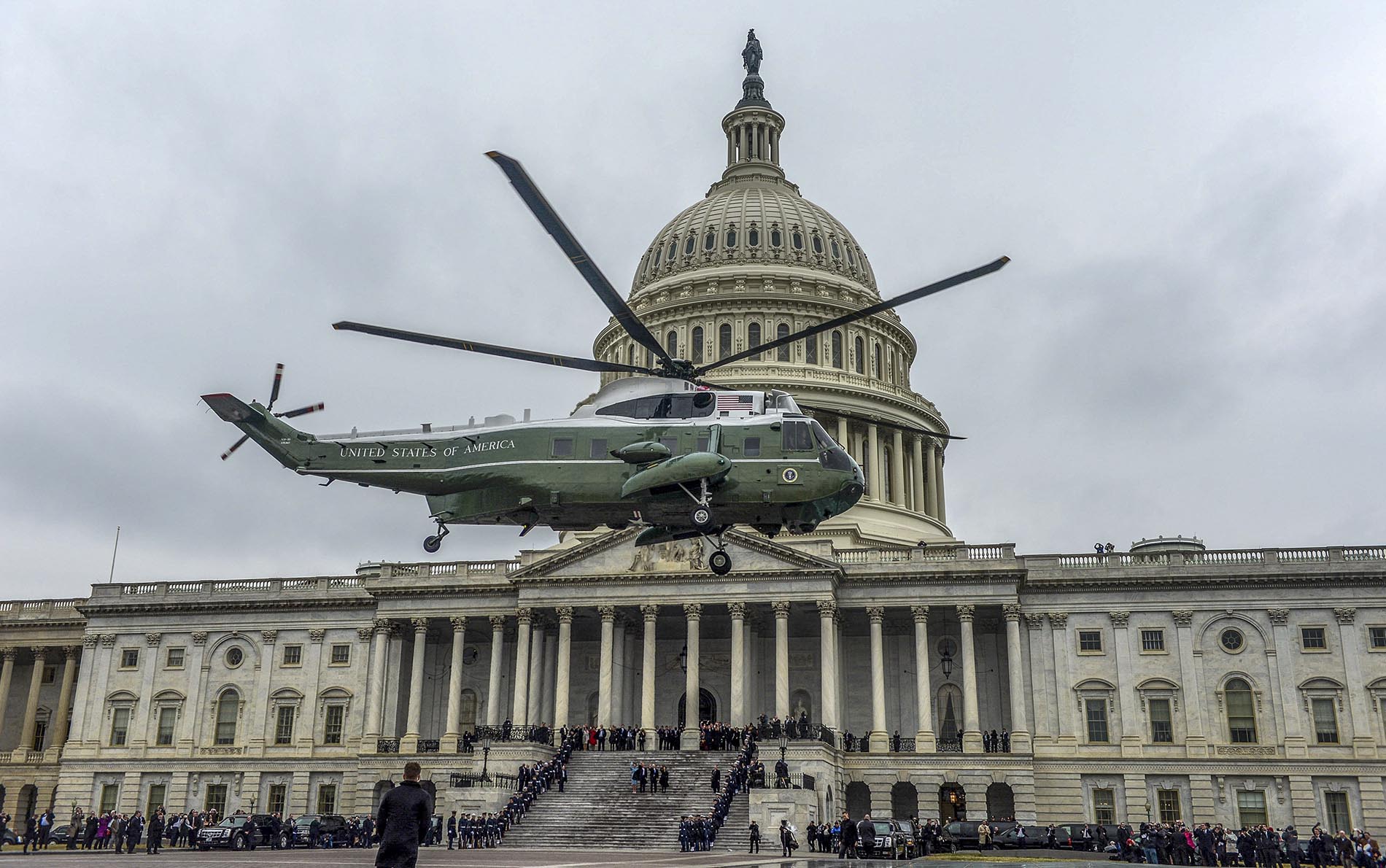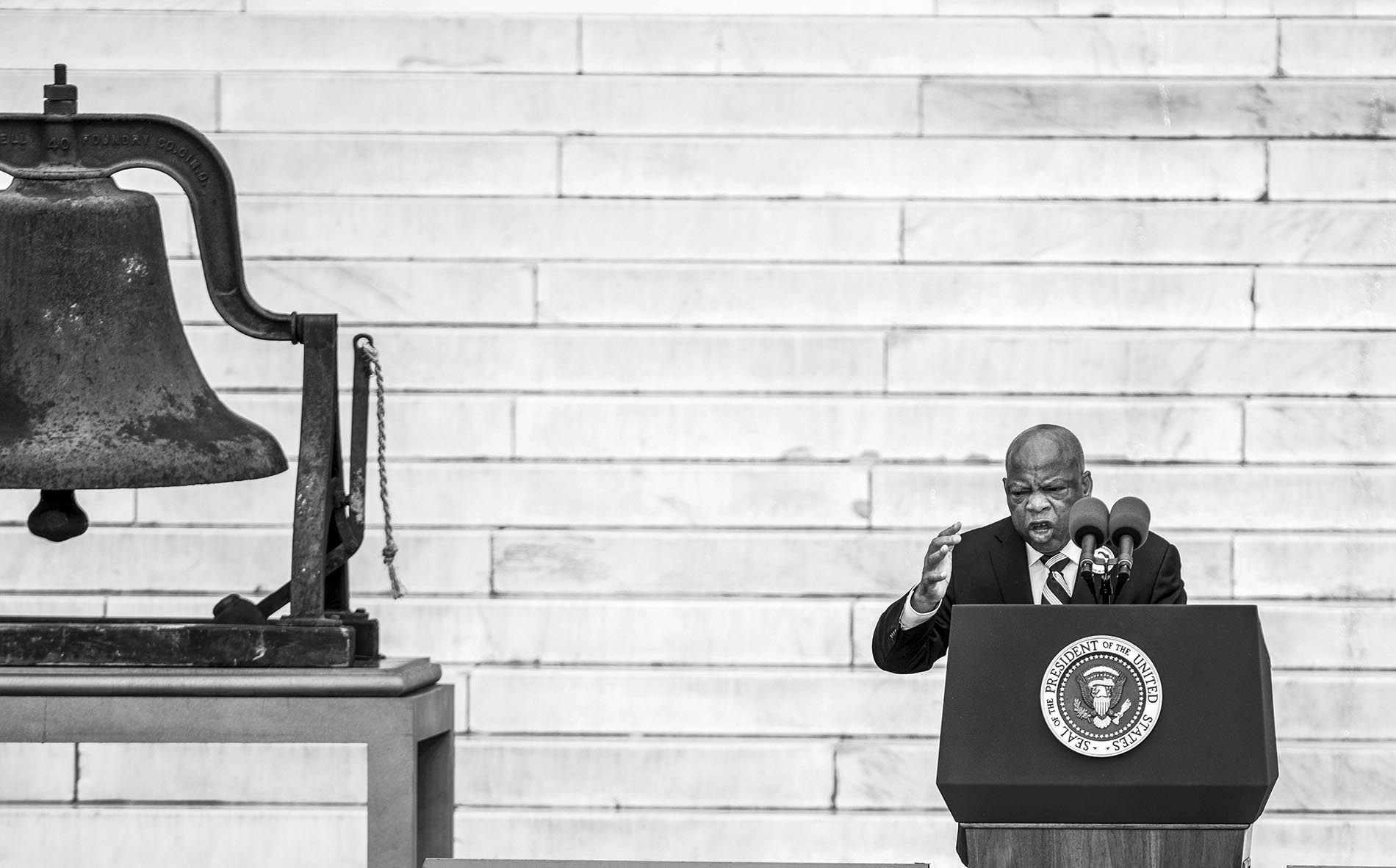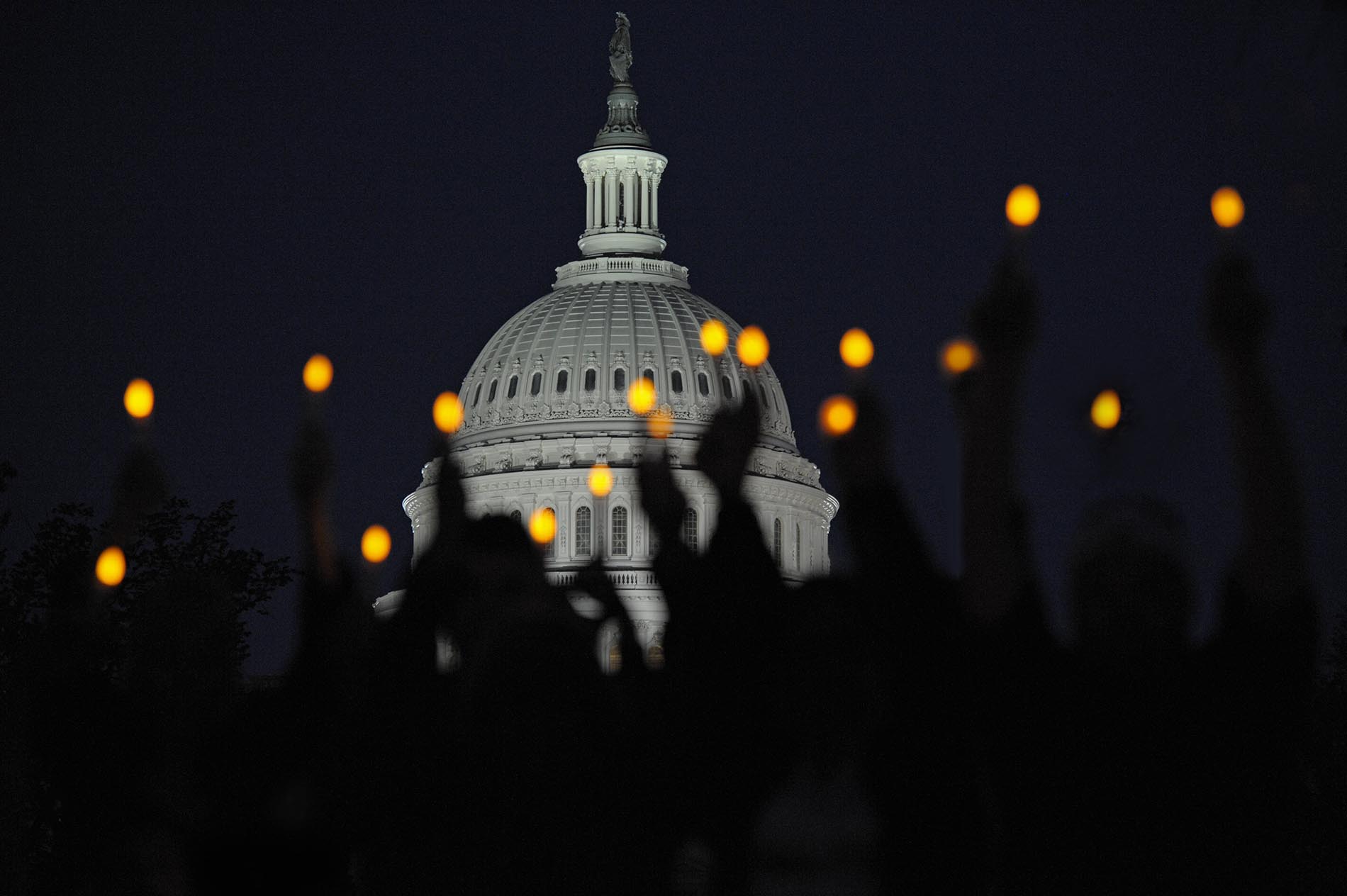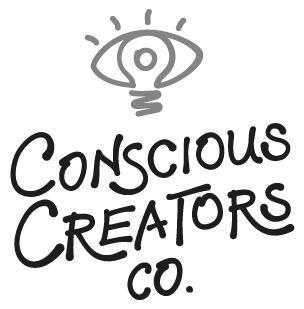




What does ‘being aware of and responding to one’s surroundings’ mean to you, and how does it relate to what you do?
 Leigh Vogel: I have read and listened to powerful interviews about instinct and how certain cultures outside of the U.S. utilize instinct as a seventh sense, while here in the U.S., we are taught to often times ignore our instincts to be more sensitive and “correct.” In fact, I watched a powerful interview with a gentleman who worked at US Airways on September 11, 2001. He knew he had just checked in a terrorist, but was hesitant to take further actions for fear of being fired. He followed the man (Mohammed Atta) throughout the airport, but eventually turned around and returned to the ticket counter. Following your instincts can be scary. Back to your question…I feel that I am living in a more conscious state than I ever have before because I believe my instincts and I am propelled by them, almost more than I am by weighing options rationally. I imagine it takes people years, if not decades, to align what one does for work or hobby with her or his consciousness. Do I get to align my values with my work every single day? No. I do try, though. As a photographer, I try very hard now to embark upon projects or individual photos that can make some kind of impact, that raise awareness or propel people to action. Sometimes this takes place via a personal project (such as animal rights issues) and assignments.
Leigh Vogel: I have read and listened to powerful interviews about instinct and how certain cultures outside of the U.S. utilize instinct as a seventh sense, while here in the U.S., we are taught to often times ignore our instincts to be more sensitive and “correct.” In fact, I watched a powerful interview with a gentleman who worked at US Airways on September 11, 2001. He knew he had just checked in a terrorist, but was hesitant to take further actions for fear of being fired. He followed the man (Mohammed Atta) throughout the airport, but eventually turned around and returned to the ticket counter. Following your instincts can be scary. Back to your question…I feel that I am living in a more conscious state than I ever have before because I believe my instincts and I am propelled by them, almost more than I am by weighing options rationally. I imagine it takes people years, if not decades, to align what one does for work or hobby with her or his consciousness. Do I get to align my values with my work every single day? No. I do try, though. As a photographer, I try very hard now to embark upon projects or individual photos that can make some kind of impact, that raise awareness or propel people to action. Sometimes this takes place via a personal project (such as animal rights issues) and assignments.
Tell us about your journey and how it led you to the projects you are currently working on.
My journey was a long one and reveals itself more as each year passes. When I applied for a masters program in photojournalism, I was asked why photography was important. It was then that I realized that it was the way I could express the subtle moments I saw around me, the ones that were so brief but true. Now, with the use of a machine (the camera), I can relay these moments more effectively. I can trace my need to capture moments back to early childhood when my family moved every year or two. I knew I might not return and wanted to memorialize the people I knew.
Did you always know you wanted to be doing work based in activism and philanthropy?
I did not always know that I wanted my work to be based in activism and philanthropy, but I remember, even as a small child, knowing that certain people I knew and experiences I had were not just. It took years for me to figure out that I was correct, despite excuses from the people around me. Bigotry, animal abuse, classism, and speciesism, were all around me.
How has your work addressed issues that you see as needing visibility and positive change?
My personal work has addressed animal rights and children’s health and rights. The issues are enormous, yet sometimes an opportunity springs up and it is your turn to take action. For some, that’s in the form of writing or fundraising, etc. For me, it takes the form of photography and strategic communications outreach. Right now I am working on raising awareness about a serial animal abuser who was caught on video. In this case, I hope to see this person convicted of a crime and for the thousands of people following to know they participated in admirable and necessary social media outreach. I have felt most accomplished when I know that even one sentient being no longer suffers.
What are some of your favorite impact stories so far from your career and how your projects have affected others for the better?
I worked for nine years on raising awareness about dog abuse and became president of what was once called Voices for the Krabloonik Dogs – now named Voices for the Sled Dogs. Despite some pretty powerful people in a Colorado community joining forces against my efforts to protect a long-time resident, authorities ultimately found that he was guilty of abuse. I know that many dogs are no longer suffering because I stayed on track. I was even given an ultimatum at my job to fight for the animals or leave. I chose to fight for the animals.
What’s next for you?
Soon, I go to Singapore and Berlin for The New York Times. I also will photograph for the United States Holocaust Memorial Museum, which I’m very honored to do. I also work on photography for the Wounded Warrior Project and destination travel photography. The work varies, which allows me to take a short mental break from the intensity of injustice. When I get fatigued or start to complain, I check myself these days. I’m grateful.
Photos by Leigh Vogel:
1) The silhouette of two sisters is seen at Mants’ase Children’s Home in country of Lesotho, also known as the Mountain Kingdom.
2) A chained sled dog sits under a wooden platform at Krabloonik Kennels in Snowmass Village, Colorado in 2008.
3) President Barack Obama and Michelle Obama depart the U.S. Capitol on Marine One after the inauguration of the 45th president of the United States.
4) Representative John Lewis speaks during the 50th anniversary of the March on Washington.
5) People hold a candlelight vigil for sled dogs who were killed in Whistler, British Columbia.

